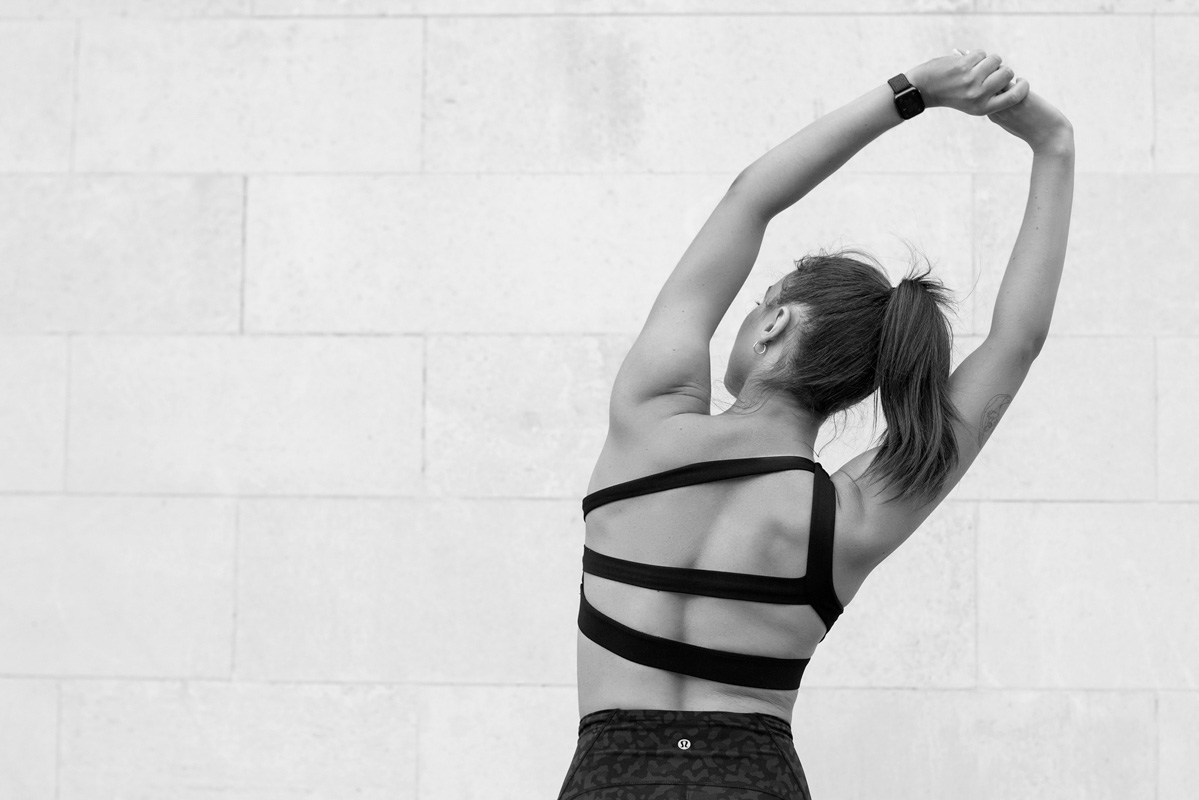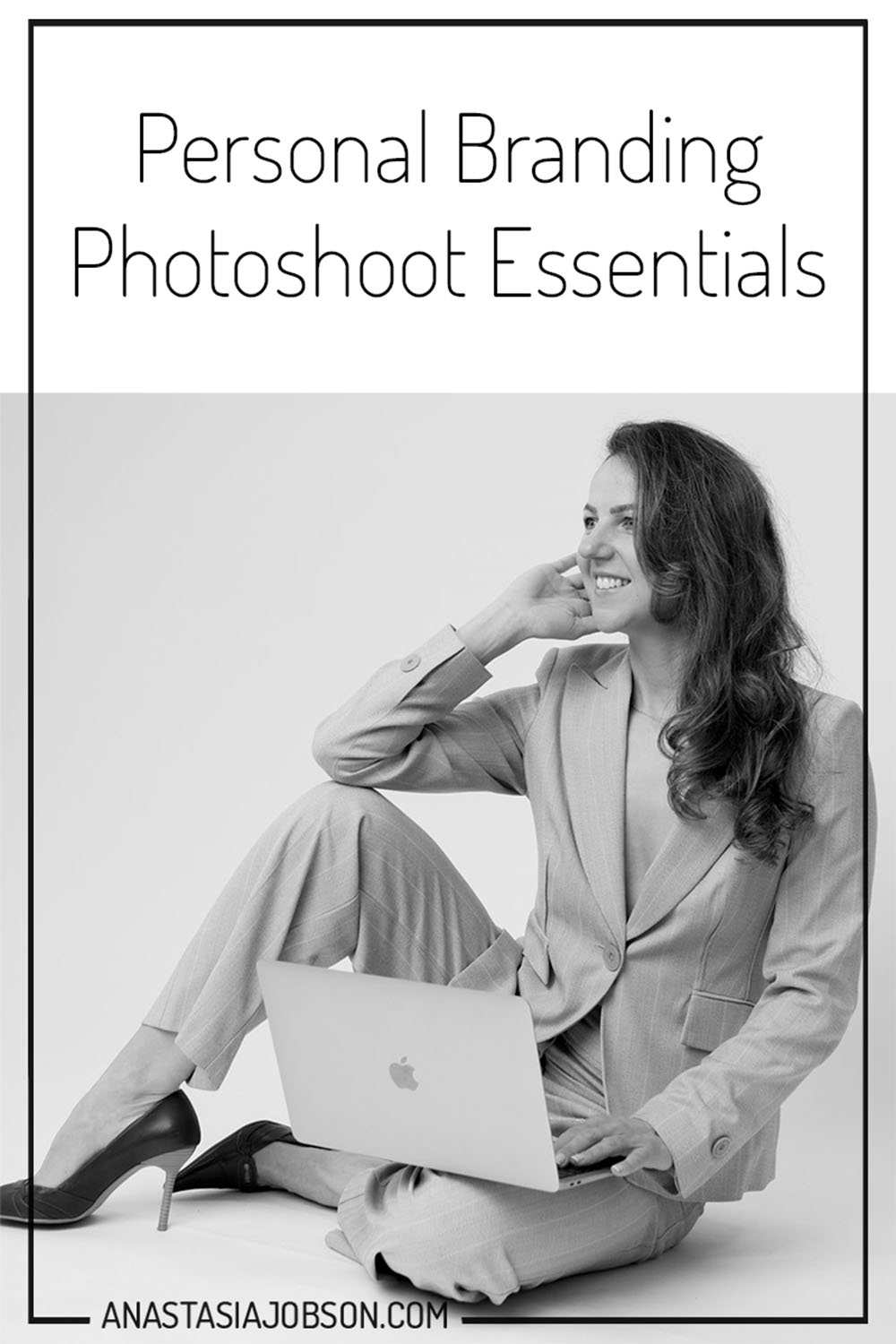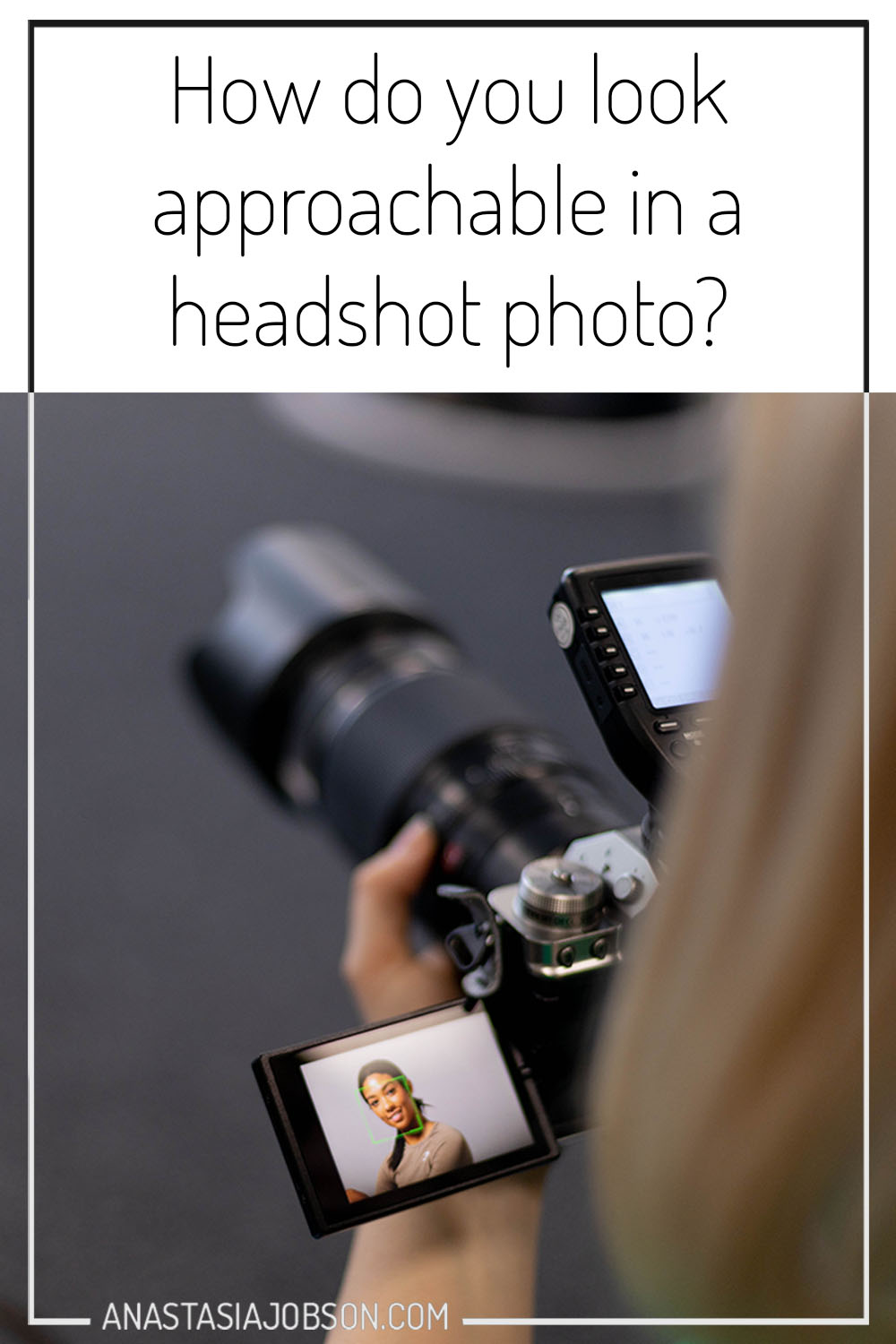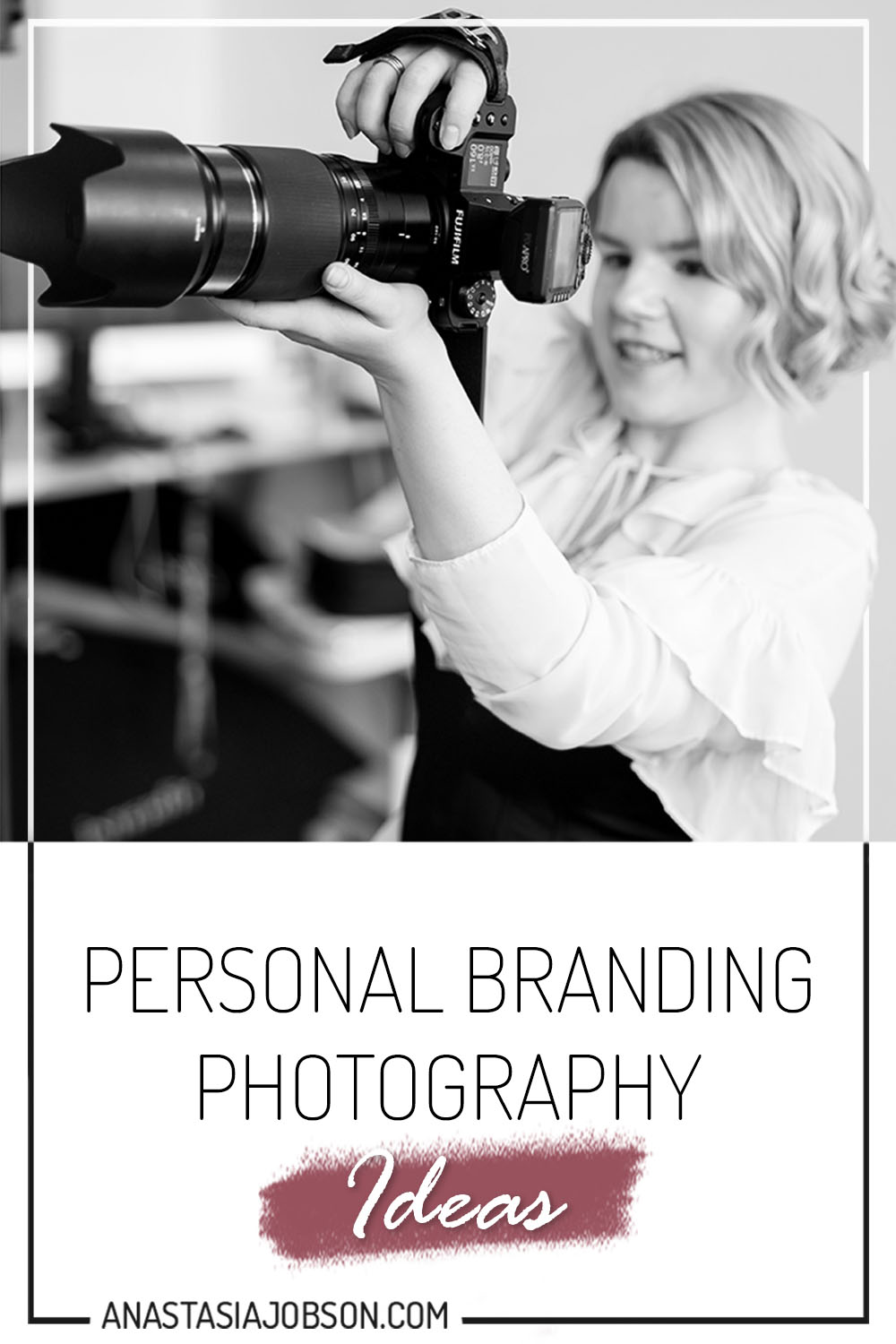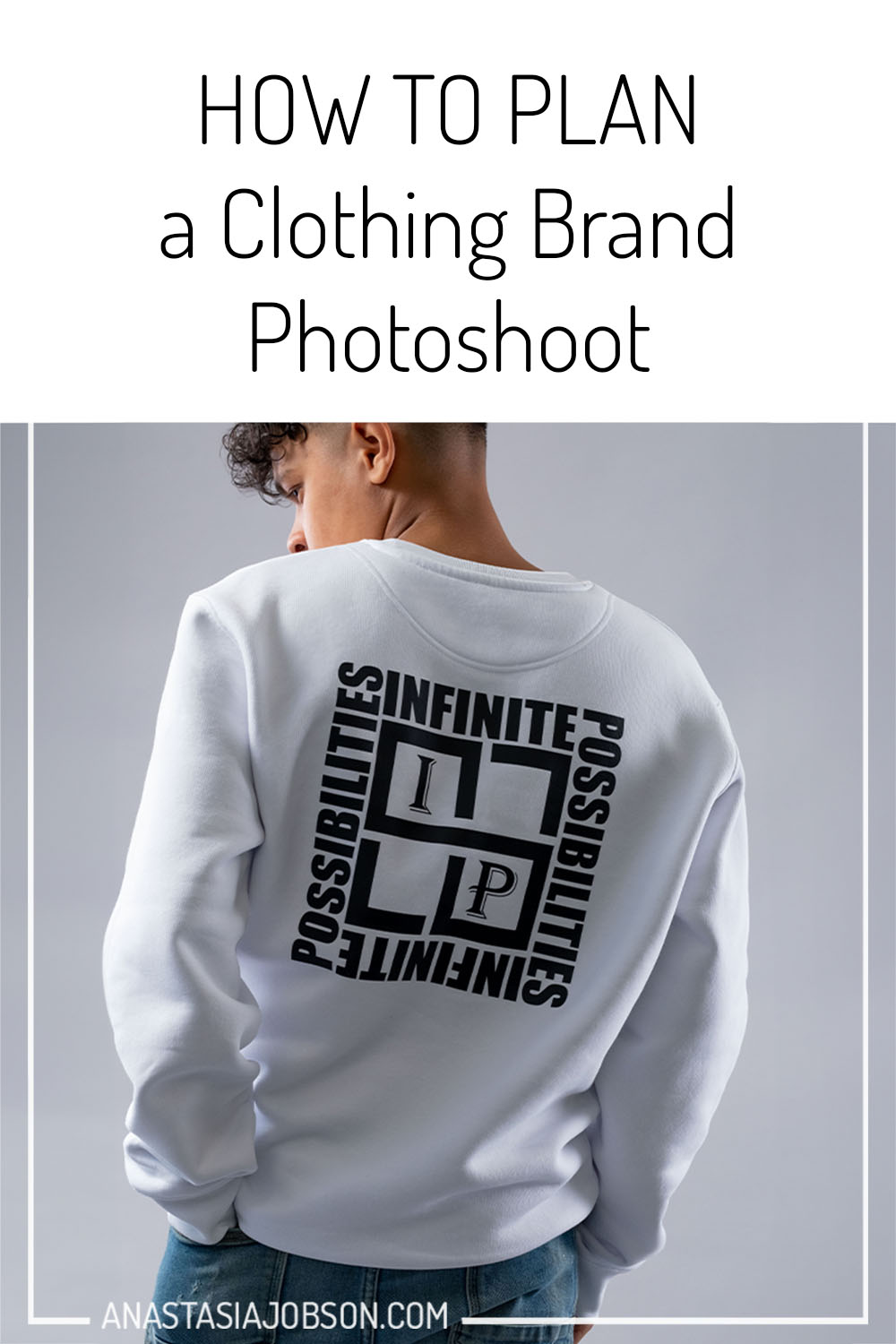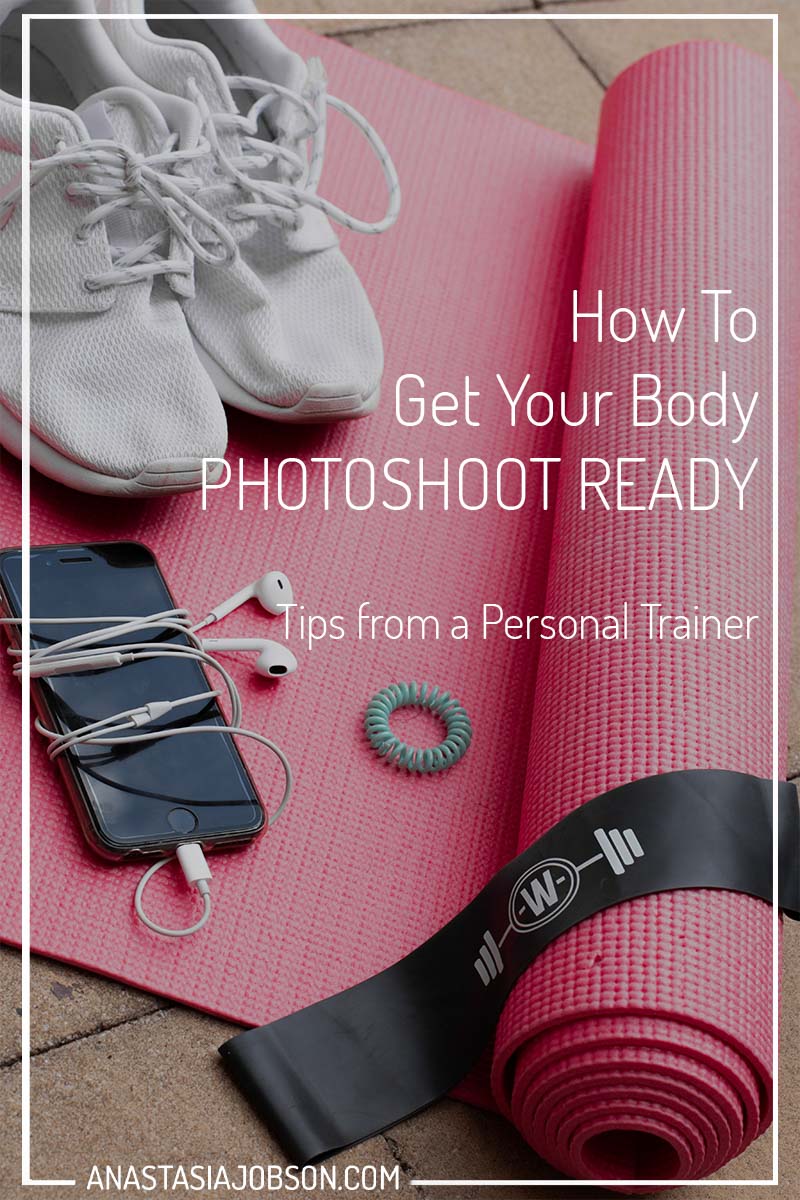
How to Get Your Body Photoshoot Ready: Tips from a Personal Trainer
Preparing for a photoshoot is not only about beauty prep and what to wear, but also a physical prep to make sure you look and feel your very best. This week I was joined by a personal trainer Adrian Ball to give you some expert tips on how to get your body photoshoot ready.
Adrian Ball is a fitness coach and a practicing nutritionist based in Solihull, Birmingham U.K. area. He runs a business called Phoenix Physiques. “Our aim and mission is to take each individual, take their goal and help achieving them in a matter that makes it feasible and realistic. It’s not selling a dream. Some things take time.” Phoenix Physiques works with a broad demographic of people, from young age 18-19 years old looking to build muscle, all the way to 55-60 years old looking to stay fit and healthy.
“I love helping others and seeing change in them,” says Adrian. “The fact is I love training so much, that it gives me the passion to drive results. It’s easy to go out and spend hours learning new things, it makes me happy so much that I use these experience to help other achieve their goals.“
Getting your BODY photoshoot ready
Optimal Time to start preparing your body for a photoshoot
“The growing thing in our society is that people want the most result from the littlest amount of work, effort and time. People need to realise that Instagram body goals are achievable but it takes time and work: years of hard work, not days,” says Adrian.
The amount of time to get your body ready for photoshoot depends on the goal that you have. Before you start, “stand in front of the mirror and ask yourself how do you want to look (in the photos) and what do you believe it’s gonna take you to get there.”
Lowest body fat
Let’s say your goal for a photoshoot is the lowest body fat possible, it will depend on what body fat percentage you are currently at. Is it your first time doing such a diet/training, or have you done it before? When you’ve been through the process, you will understand about the timing and the effort it may take. “If you are new to this, give yourself a minimum of 12 weeks, maybe more. In case you hit the goal earlier – move your photoshoot forward,” Adrian advices.
Specific goal
In case you are a model or a dancer looking to refresh your portfolio, it will be beneficial to have a specific goal for your appearance in photos. It can be a toned back for example, if you have a dress to show off your back. It will be advantageous to increase the size of your back muscle and bring body fat down a little bit, though be mindful it can take anywhere from 4 to 12 weeks. In this case Adrian advices to have enough resistance training.
If you’re looking for a certain look in a certain pose, for example having your leg out in a dress – you would want a nice toned quad, but not to the extend where you will see a separation in all of the muscles. “It’s easy to overstep the mark,” says Adrian, “I would always focus on both: a little bit of muscular gain and a bit of body fat reduction.”
Profession
If staying is shape is your profession (you’re a fitness model or a dancer) and you’ve been training for years, then you can stay in shape all year round. “You can do literarily couple of thing a day and that’s it.” Adrian says you can prepare for a photoshoot in a reduced time (4-8 weeks) quite easily.
It’s also a great idea to have a deadline. Have your photoshoot booked in advance and you will have a real boost in motivation. “Some people work well towards deadlines. For me, having a tick list works every day. Set yourself a goal and a time, and you will achieve it.”
EXERCISE
Cardio or weights? Adrian recommends a mixture of the two. “There’s no one key exercise for all.”
Incorporate cardio into a routine that you can repeat. Then reflect on your process weekly or biweekly. This will help to track if your training is working. If you’re not getting the results, make some adjustments and “be vigilant.” Also add some resistance and weight training with the correct form and correct rest.
“If you apply all these along with calorie deficit if you’re slightly overweight, you will be able to reduce the weight and add muscle quickly and get good results.“
DIET
“I want to promote balance between each and every individual. You don’t have to demonise or exclude any foods from your diet. You just have to understand how to choose the right foods and how to be happy with those choices.”
“All diets work,” says Adrian, “the key is moderation and calorie deficit.” Calorie deficit is the main factor. “Everybody tells you to have less calories to lose weight. And that’s a fact.” The problem is we are lazy and don’t pay attention on how much we move and how much food we put on our plate.
“Theres no a perfect diet, the reason is you need to work with yourself and be realistic. If you’re eating foods that are not nutritious for you, you might need to review them.”
As soon as you’re on training, Adrian recommends to “put your carbs up and fats down”. Most importantly, if you’re preparing for a photoshoot and stuck on food choices – get a coach. “Get a nutritionist, tell them about your diet and they will give you a plan around what you already eat, with just a few changes. This means it will be easier to stick to the plan and get results.”
“Health-seeking calorie deficit would be the best diet to get in shape for your photoshoot.”
A DAY BEFORE A PHOTOSHOOT
The most important thing a day before your photoshoot, is to avoid bloating. “You need to think about how your body reacts to foods.”
If you’re going for foods you haven’t been eating for a few weeks, might cause some gastric bloat. For example if you’ve been having leaner and healthier foods during your preparation and then swapped that a day before to pizza or a takeaway – your stomach is not used to it, and it may cause discomfort. The reason for bloating can also be quantity based (more cheese than usual).
“Certain enzymes break certain foods. If cut something out from your diet, after a while your stomach stops producing enzymes that help to digest these foods.”
“For a photoshoot you would rather under cut it than over cut. Especially if you worked hard for that day, nothing is more upsetting,” says Adrian.
ON THE DAY of your photoshoot
If you are a male fitness model, “definitely have a little bit of a pump up,” Adrian advices, “your muscle will get swelled and look better.”
Dancers don’t require to get weights and pump up. Get warmed up before a photoshoot same as you would before an audition. Wake your body up and get your blood flow going.
“Most of the work needs to be done beforehand.”
WHY HAVE A PERSONAL TRAINER to help get your body photoshoot ready
“It’s all about being accountable. If you can be accountable without a trainer, then you don’t need one. If you’re being accountable to a process that doesn’t serve you very well, then you’re just doing yourself harm. As industry professionals we are able to guide people from where they are to where they want to be. Find someone you can relate to in your area, even online. They will make you accountable, make you get up in the morning and do what you gotta do, so that the you step up in front of the camera you know you’ve done everything you possibly can to look your best. If you’re going to a photoshoot and you don’t look your best, you only have yourself to blame at that point.”
– Adrian Ball
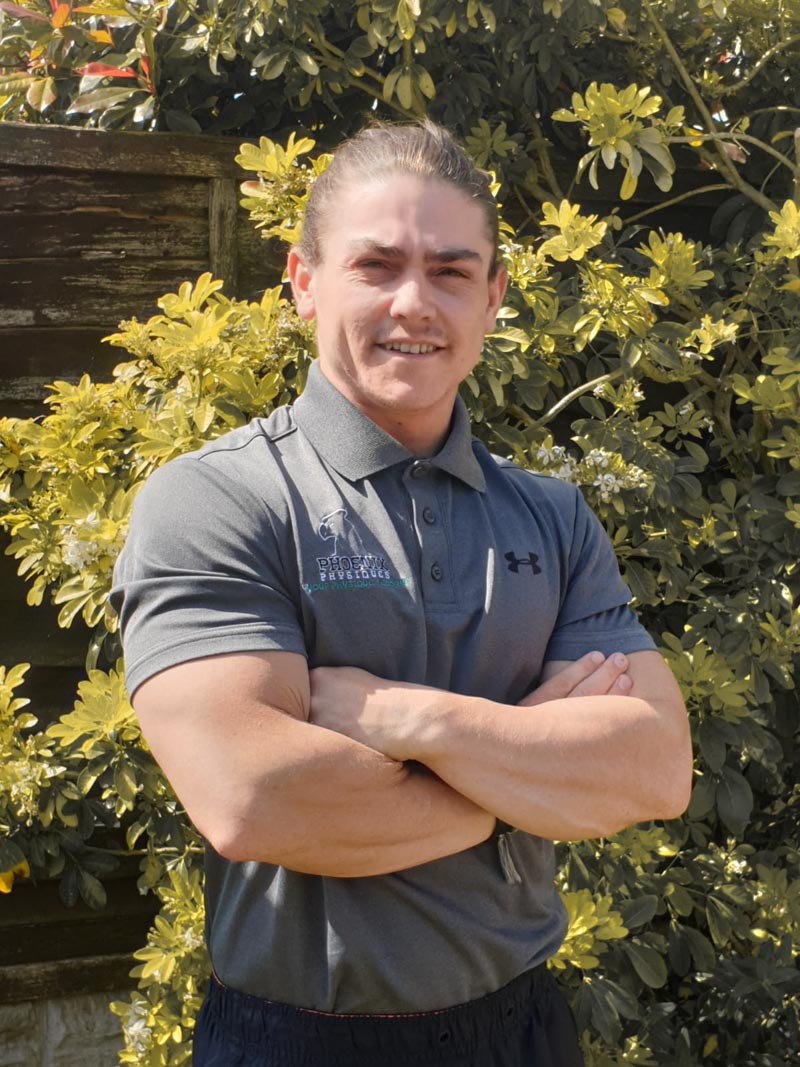
This blog post is based on my conversation with Adrian on Instagram Live which is now available to watch here.
Hope you enjoyed it, and if you have any questions on how to get your body ready for a photoshoot, write them in the comment section below, or contact Adrian via Instagram or Facebook for his advice and professional guidance.



